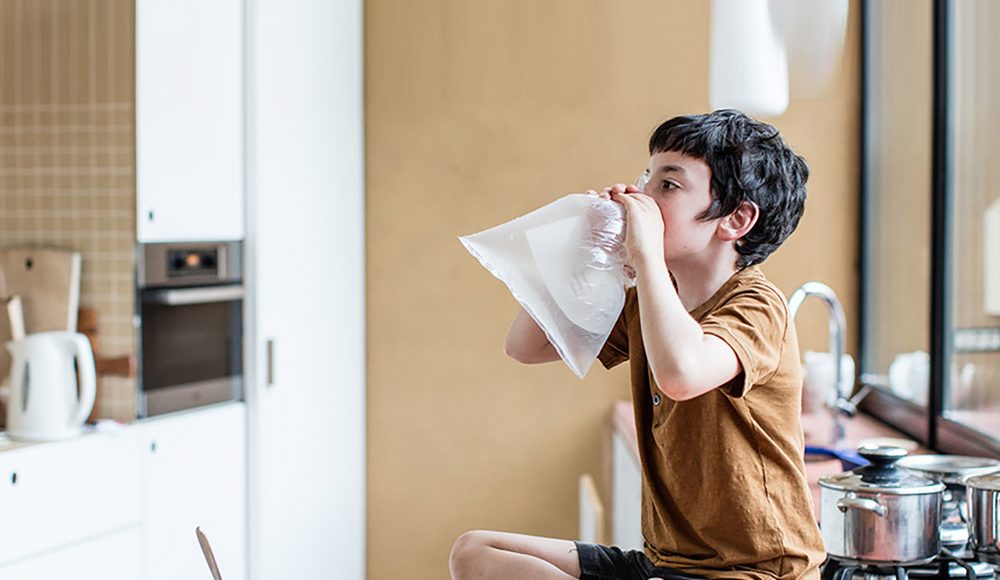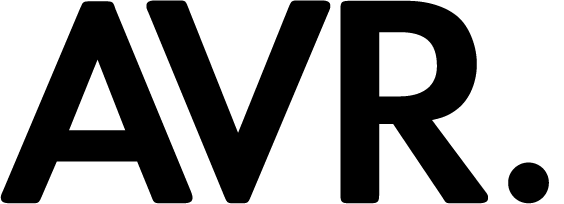Every year we convert 1.7 million tons of residual waste from consumers and companies into energy and raw materials. But that’s not all we do: We also process contaminated waste wood, waste water from the chemical industry and residual flows from recycling processes efficiently and safely and turn them into something valuable again.
Our commitment is visible
Paper can be recycled into new paper around seven times. We take the remnants that can no longer be used to produce new paper and convert them into heat. The residue of this thermal process is a calcareous (chalky) substance with cement-like properties. We use the energy generated by the incineration process to heat around 160,000 homes plus hospitals, offices and swimming pools in and around Rotterdam, Arnhem and Duiven. And the chalky residue? The paving slabs made from this residue could cover 400 football fields a year: An unexpected form of reuse.
In a nutshell, by incinerating residual waste we generate steam, district heat and electricity and we make paving slabs from the bottom ash. These are just some examples of how we make what is deemed to have no value valuable again. We are convinced that incineration and recycling go together to make the transition to a circular economy possible.


